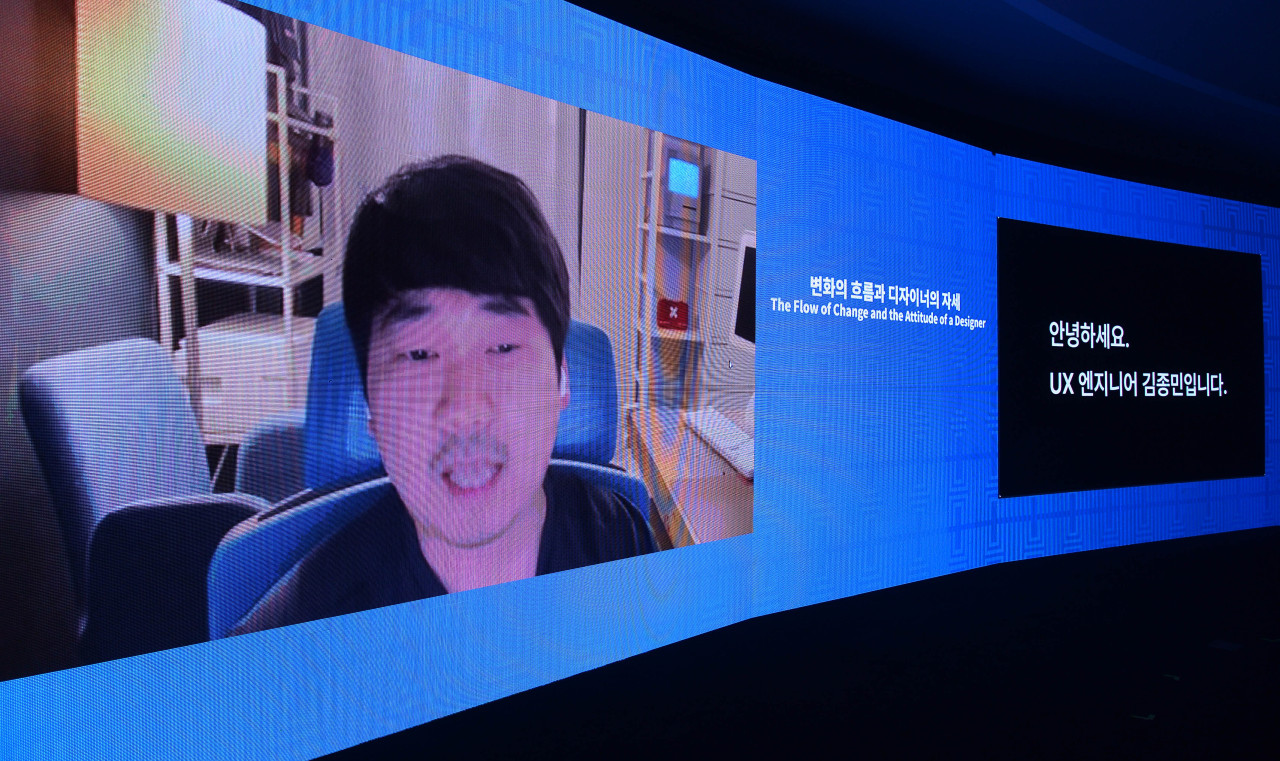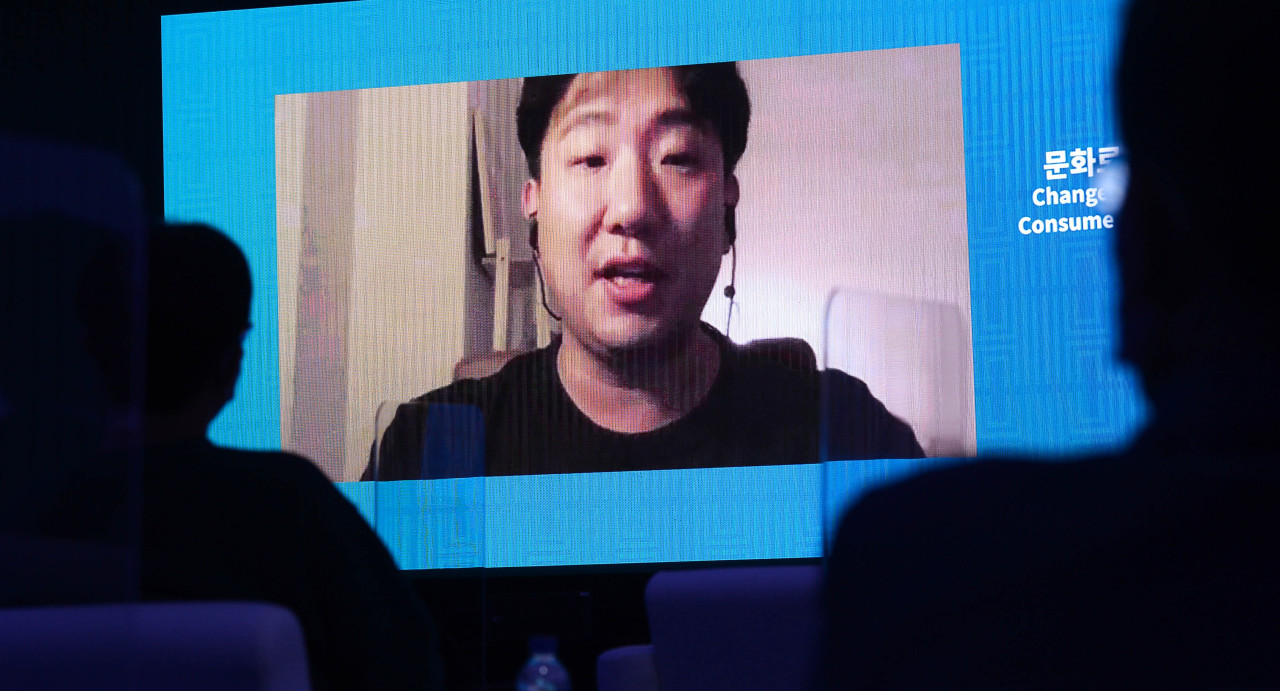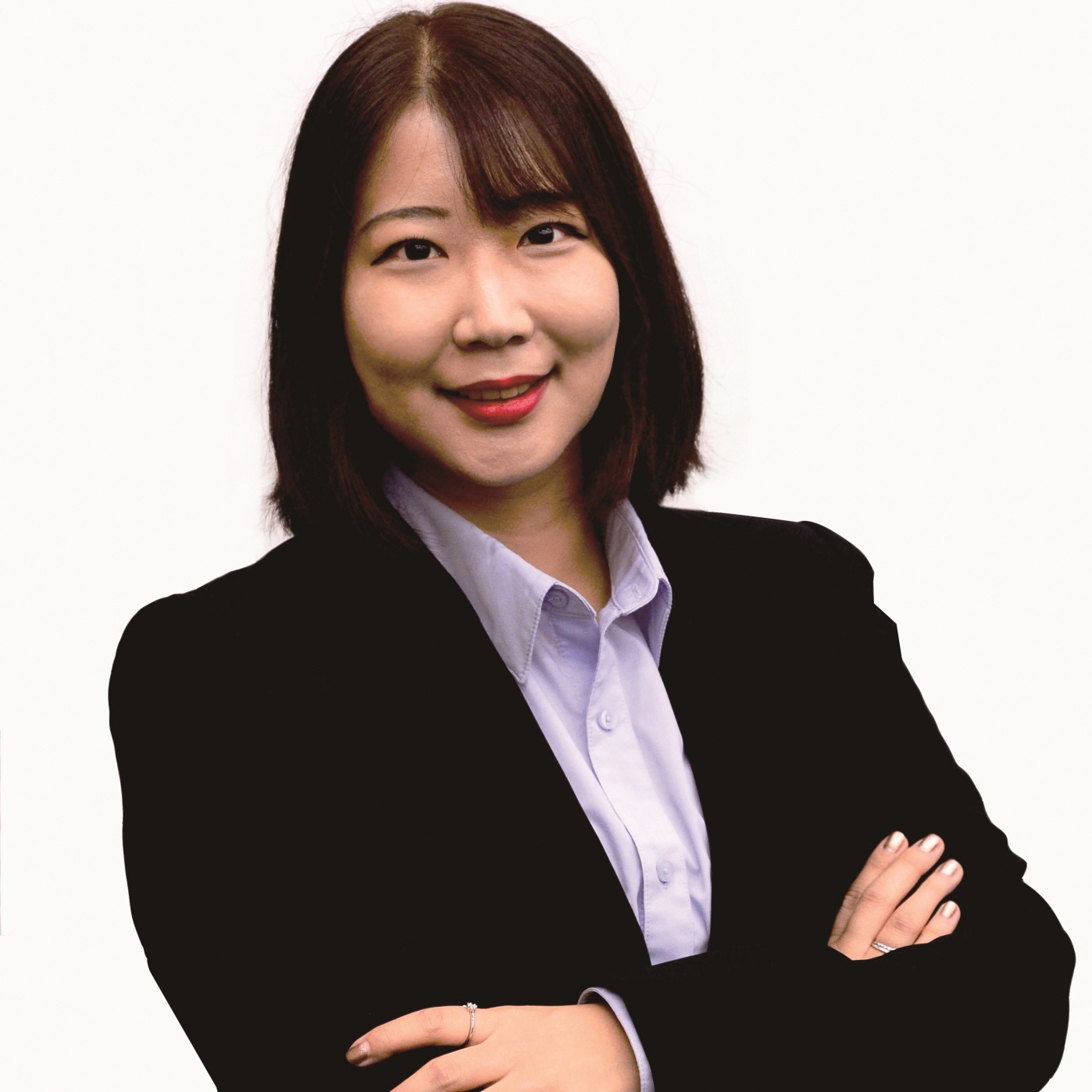[Herald Design Forum 2021] Understanding in technology, people required for future designers: experts
By Jie Ye-eunPublished : Oct. 14, 2021 - 17:23

Future designers should not only have design skills, but also should be versatile in programming and have a deep understanding of people, top experts in the field of industrial and product design said Thursday.
Kim Jong-min, Google’s senior user experience engineer, suggested designers pursue their paths as generalists amid the fast-changing information technology environment.
“In line with technology development, companies want talented workers. They thought it was nearly impossible to recruit workers who are good at both designing and developing programs, but that perception is changing. People can handle both coding and designing are expected to be discovered soon,” the veteran engineer said at the first roundtable discussion session at the Herald Design Forum held in Seoul.
Kim introduced Leon Sans, a geometric sans-serif typeface that he made with code in 2019, as an example.
He designed the font and developed code for it as an interactive developer and designer. He encouraged designers to no focus on a single thing and instead take a wide-scope approach to their work.
Google and YouTube art director Soh Jeiko said designers also need to question why people are increasingly choosing to use complicated technologies to communicate with others.
Kim Jong-min, Google’s senior user experience engineer, suggested designers pursue their paths as generalists amid the fast-changing information technology environment.
“In line with technology development, companies want talented workers. They thought it was nearly impossible to recruit workers who are good at both designing and developing programs, but that perception is changing. People can handle both coding and designing are expected to be discovered soon,” the veteran engineer said at the first roundtable discussion session at the Herald Design Forum held in Seoul.
Kim introduced Leon Sans, a geometric sans-serif typeface that he made with code in 2019, as an example.
He designed the font and developed code for it as an interactive developer and designer. He encouraged designers to no focus on a single thing and instead take a wide-scope approach to their work.
Google and YouTube art director Soh Jeiko said designers also need to question why people are increasingly choosing to use complicated technologies to communicate with others.

“We need to think about possible changes that the metaverse would bring (to our lives) in the future. People’s thoughts are likely to be changed alongside the technology development,” Soh said. “Although future generations will face limitations of expressing their appearances and thoughts through platforms.”
Kim Kyo, staff product designer at Lyft Autonomous in San Francisco, highlighted the importance of conducting research when designing things that are still unrealistic objects like robo-cabs and humanoids.
“We can categorize necessary functions and their core ideas through collecting various opinions from clients as well. Designers have to commune with clients and understand their unconscious expectations when handling the so-called ‘blue sky projects,’” the expert said.
Kim of Google further stressed that being curious in many different areas is crucial above all. But since design requires a lot of capabilities, knowledge of code becomes a more valuable source for designers to understand actual developments.
Another session followed with a panel moderated by Kwon Young-jin, chief of Hyundai Motor Group’s Zer01ne Playground. Linkage Lab accessibility team leader Kim Hye-il talked about how digitalization has changed the lives of people with disabilities. At the same time, he urged designers to create a world that eliminates obstacles for physically disabled people by providing accessibility.
“The analog-to-digital transformation has brought huge innovations to people with disabilities. Fusing AI technologies into services provides convenience. With new technologies, service providers need to come up with designs that are also handy for users with disabilities,” Kim of Linkage Lab said.
With eight years of experience in evaluating access performance, providing consultation on web access and conducting research and development in the accessibility space, he realized that attention and efforts come first when improving accessibility. Technical developments naturally follow, he said.
Kim Kyo, staff product designer at Lyft Autonomous in San Francisco, highlighted the importance of conducting research when designing things that are still unrealistic objects like robo-cabs and humanoids.
“We can categorize necessary functions and their core ideas through collecting various opinions from clients as well. Designers have to commune with clients and understand their unconscious expectations when handling the so-called ‘blue sky projects,’” the expert said.
Kim of Google further stressed that being curious in many different areas is crucial above all. But since design requires a lot of capabilities, knowledge of code becomes a more valuable source for designers to understand actual developments.
Another session followed with a panel moderated by Kwon Young-jin, chief of Hyundai Motor Group’s Zer01ne Playground. Linkage Lab accessibility team leader Kim Hye-il talked about how digitalization has changed the lives of people with disabilities. At the same time, he urged designers to create a world that eliminates obstacles for physically disabled people by providing accessibility.
“The analog-to-digital transformation has brought huge innovations to people with disabilities. Fusing AI technologies into services provides convenience. With new technologies, service providers need to come up with designs that are also handy for users with disabilities,” Kim of Linkage Lab said.
With eight years of experience in evaluating access performance, providing consultation on web access and conducting research and development in the accessibility space, he realized that attention and efforts come first when improving accessibility. Technical developments naturally follow, he said.






![[KH Explains] How should Korea adjust its trade defenses against Chinese EVs?](http://res.heraldm.com/phpwas/restmb_idxmake.php?idx=644&simg=/content/image/2024/04/15/20240415050562_0.jpg&u=20240415144419)












![[Today’s K-pop] Stray Kids to return soon: report](http://res.heraldm.com/phpwas/restmb_idxmake.php?idx=642&simg=/content/image/2024/04/16/20240416050713_0.jpg&u=)